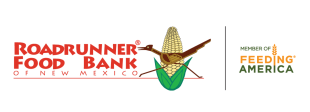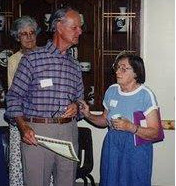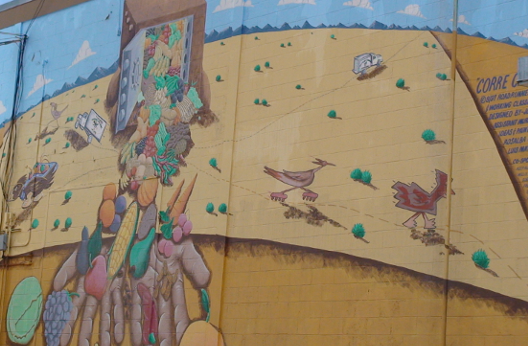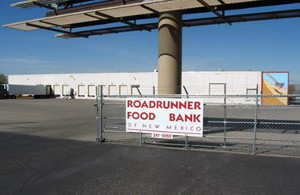HISTORY OF HELPING PEOPLE FACING HUNGER
The Food Bank Idea … a Seed is Planted
Reverend Titus Scholl was born the 10th of 13 children to a family in Pennsylvania in 1914. He worked with the poor and hungry most of his life as a pastor in the United Lutheran Church, and collectively spent 44 years serving Albuquerque.
In 1978, Reverend Scholl attended the first food bank conference, where he learned of a growing movement to rescue discarded food from grocery stores and other providers and distribute that food to the hungry through a network of agencies. In the new model, the food was warehoused in a location that served as a “bank” of food where agencies could come to get food to feed the hungry in their communities.
Unlike hot meal programs or food pantries, a food bank can gather a higher volume amount of food from local, regional and national food sources and store the food in order to serve agencies. Then these member partners can then use these greater resources to feed a greater number of people.
After the conference, Reverend Scholl became determined to bring the food bank idea back to Albuquerque. A year later, in 1979, he founded Roadrunner® Food Bank as a 501(c)(3) non-profit organization and got straight to work with combating food insecurity in the community.
View the entire timeline here.
Roadrunner Food Bank’s Humble Beginnings to Feed the Hungry
The food bank’s initial funding included a $20,000 gift from the Albuquerque Metro Ministry as well as a $20,000 personal loan from the Reverend and his wife, Charlotte. In fact, the Scholls continued to make a donation each year of $1,000 to keep the food bank up and running. The two were committed to feeding the hungry in New Mexico and took a personal financial risk to make the food bank’s success a reality.
According to legend, the first food that Reverend Scholl’s new food bank distributed was a load of corn on the cob out of the back of a truck. You can see this origin story today in the corn that features prominently in the Roadrunner Food Bank logo.
In 1981, Roadrunner Food Bank moved into its first warehouse, located on Edith Blvd. and Gibson Blvd. Reverend Scholl often used his own transportation to gather food donations and get them to the warehouse.
Part of a National Movement to End Food Insecurity
Roadrunner Food Bank was one of many food banks that were established in the 1980s as a response to a growing number of hungry people in the U.S. A national organization was started to create a “bond” among these food banks, calling itself America’s Second Harvest. Roadrunner Food Bank was the 40th member of the new organization, which is now called Feeding America. The new coalition allowed food bank founders to share ideas and best practices from across the U.S., helping them to grow and serve the hungry in their communities even more efficiently.
Today, as the largest food bank in the state, Roadrunner Food Bank continues to work with member partners, donors, corporate sponsors and volunteers to provide food and hope to the hungry and low-income in our state.
Good Roots Lead to Good Growth
Fueled by the passion of Reverend Scholl and others in the community who believed in the food bank’s mission of feeding the hungry, Roadrunner Food Bank continued to grow. In 1994 and 1995 the food bank moved to its second home on Baylor SE near the airport.
The new facility allowed the food bank to grow and expand food distribution to serve agencies that provided food to the hungry across the state. At the same time, several direct service programs were started, including the Childhood Hunger Initiative (formerly Food for Kids) program and the Senior Hunger Initiative (formerly Senior Helpings). Both programs were specifically created to help two vulnerable populations in our community.
Food Insecurity Grows Due to Economic Crisis in New Mexico
In 2008, the economy crashed, and Roadrunner Food Bank found that it needed to respond to increasing food needs for a growing number of hungry people in New Mexico. Expanded distribution and program growth forced the food bank out of its second home into a new location near Jefferson and Singer in 2008. In just 18 months, the new space gave Roadrunner Food Bank the ability to increase distribution from 15 million pounds in 2008 to 22 million pounds in 2010.
As the economy struggles to improve, high unemployment and underemployment continues to affect our state. Lower wages among working families continue to leave them struggling to have enough resources to put food on their table consistently.
Today, as the largest food bank in the state, Roadrunner Food Bank continues to work with member partners, donors, corporate sponsors and volunteers to provide food and hope to the hungry and low-income in our state.
Become part of our future by giving time here, giving food, or donating funds.
Food Bank Highlights



